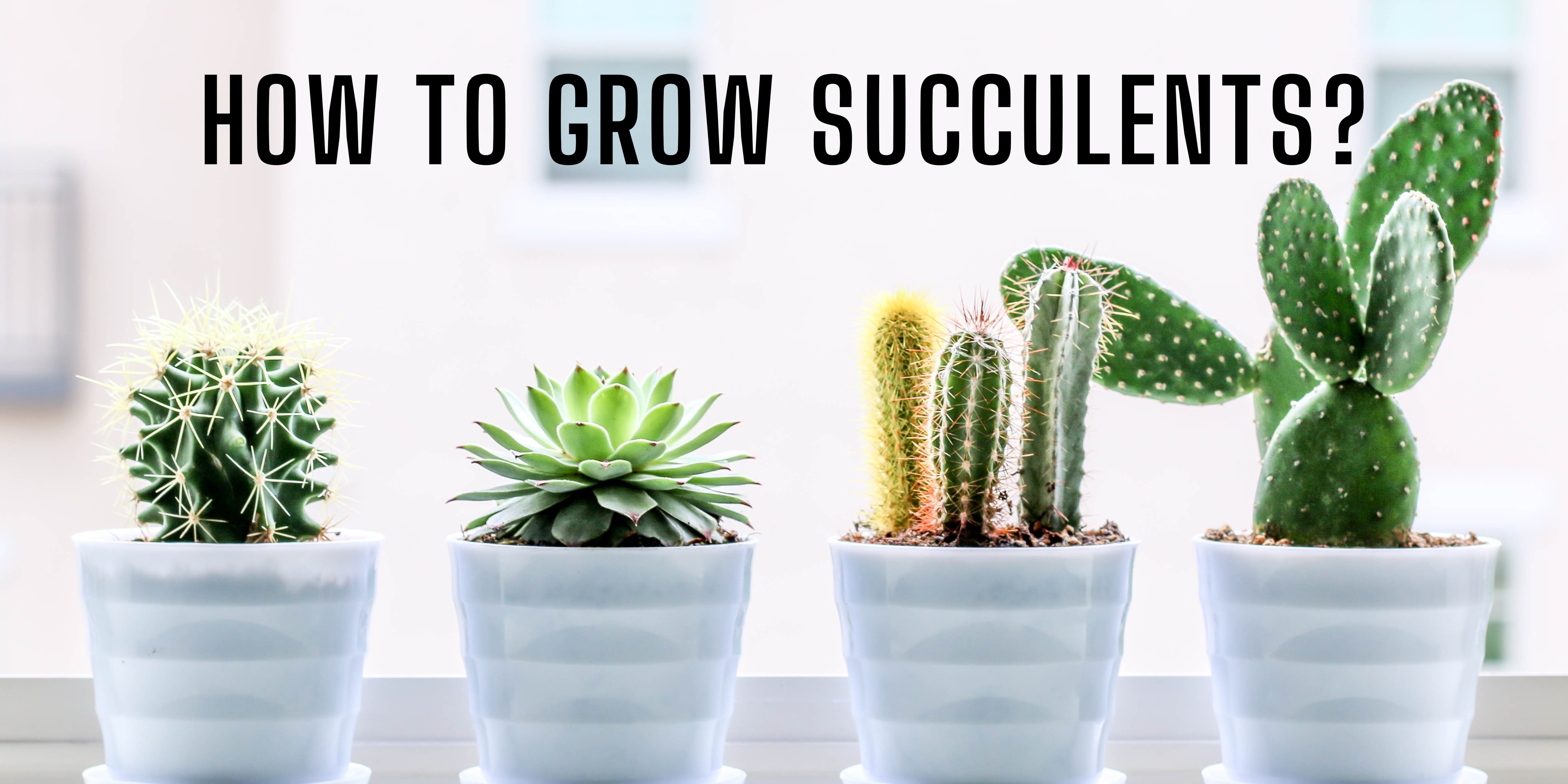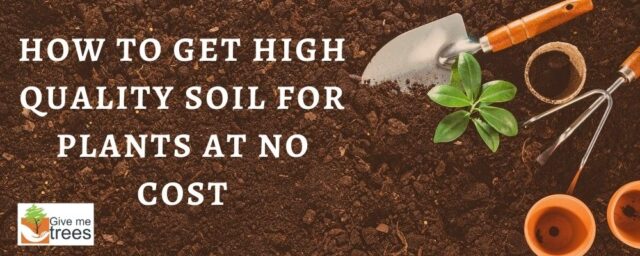
Healthy soil is essential for plant growth and overall ecosystem health. It is a complex mixture of minerals, organic matter, water, air, and microorganisms that work together to support plant growth and nutrient cycling. If your plants are not growing well and dying, then there might be a possibility that the health of the soil is poor.
Healthy soil contains a diverse community of microorganisms, including bacteria, fungi, and protozoa, that help break down organic matter and release nutrients for plants to use. Additionally, healthy soil has a good structure, allowing for water to drain through easily while still retaining moisture for plants to access.
Improving soil health and quality is crucial for sustainable agriculture and a healthy environment. One should take care of the soil health frequently and take measures to improve the quality of soil in the gardens, lawns, and elsewhere.
Here are some ways to improve soil health in the long term that will benefit your plants.
5 Ways to Improve the Quality of Soil
1. Use natural garden soil: The first and most important tip is to use garden soil in your pots. Visit any garden near your house where there are trees, plants, grass, and vegetation. Use the soil in that garden and add it to your plant pots at home. Usually, the top layer of soil in the gardens is naturally very rich in nutrients. You don't need to purchase it from any nursery.
2. Use organic matter: Adding cow dung compost, leaf mold compost, vermicompost, or other organic materials to the soil can improve its structure, increase water-holding capacity and provide essential nutrients to plants. Additionally, you can add slow-release fertilizers to provide your plants with the nutrients they need over time. This is the best natural way to increase the quality of soil at home.
3. Add Humus: The fastest way to improve soil health is to add humus. Humus is the dark organic matter in soil that is formed by the decomposition of plant and animal matter. It is rich in nutrients and retains moisture in the soil.
4. Reduce tillage: Excessive tillage can disrupt soil structure and decrease soil organic matter. Reducing tillage can help improve soil health and reduce erosion. Tillage refers to the manipulation of the soil into a desired condition by mechanical means. This is not so good for the health of the soil and causes fungal diseases. Tilling of soil disrupts its structure and accelerates surface runoff and soil erosion.
5. Use crop residue and dry grass: Do mulching with grass and crop residues on the soil surface to improve the soil quality. This will help protect the soil from erosion and will increase the moisture & water retention capacity.
Extra Tip: Another important tip to improve soil quality and health is to regularly check the pH level of your soil and adjust it as necessary.
By implementing these practices you can improve the soil quality and make it healthy. You have to make sure your plants are growing and thriving in healthy soil.
Improving the quality of soil in pots is important for the health of your plants. This will help to improve the soil structure, increase water retention, and provide nutrients to your plants.
Liked It? Pin It!
.png)

















































